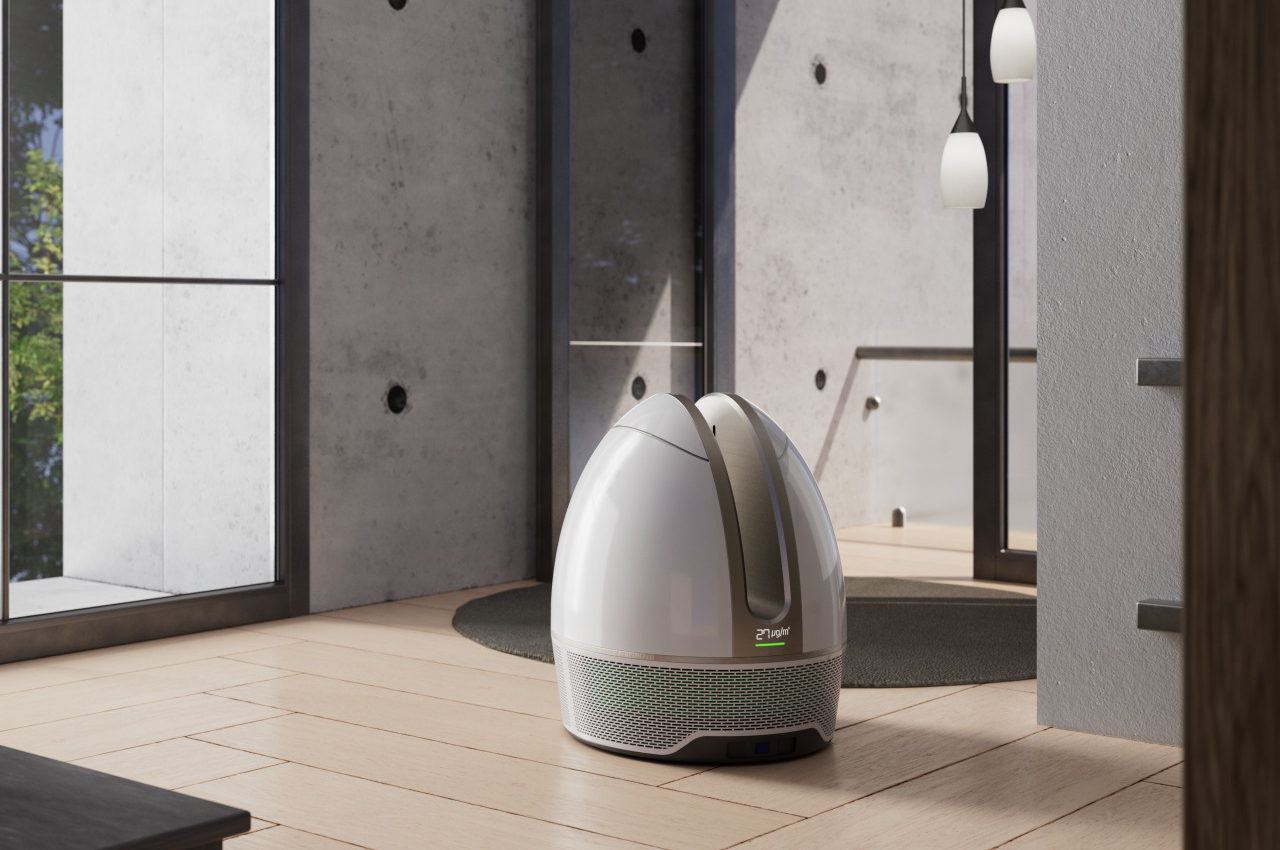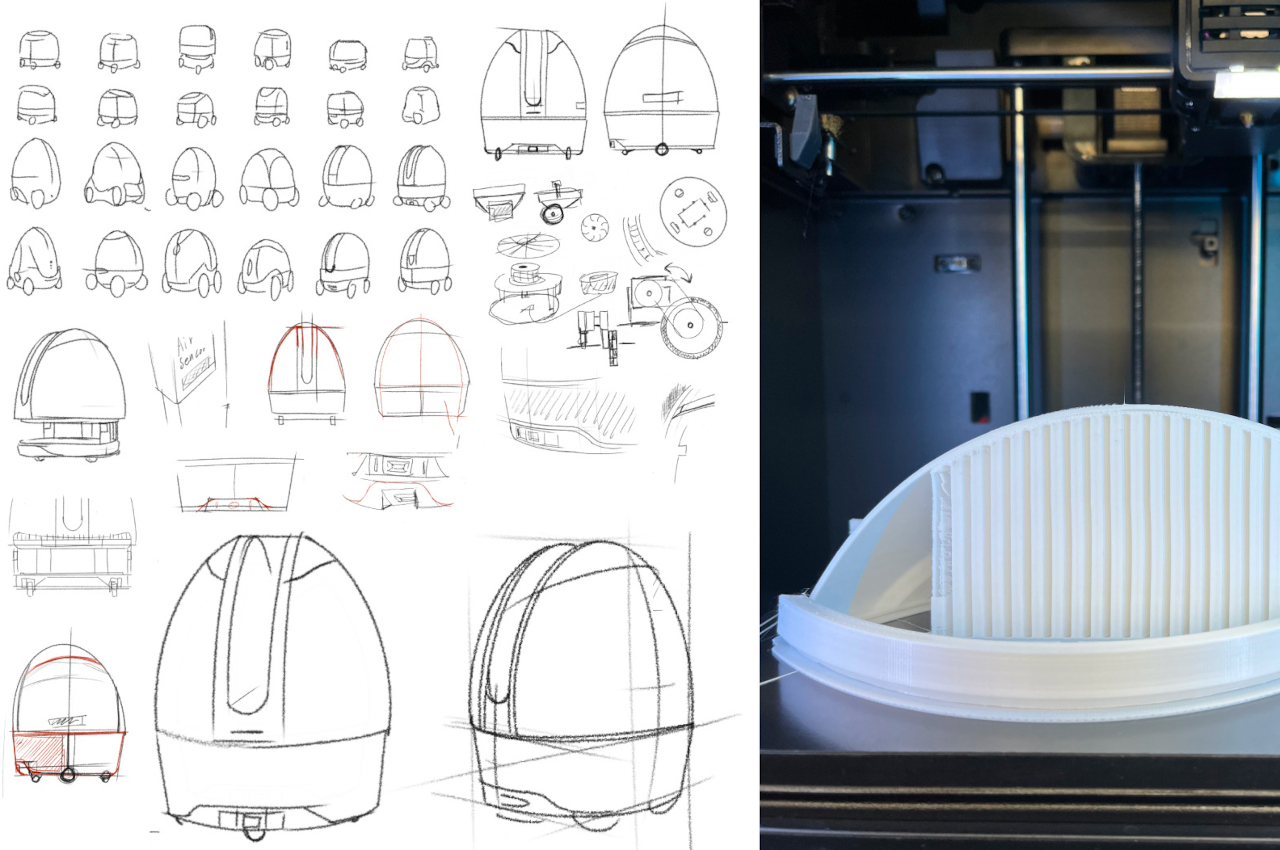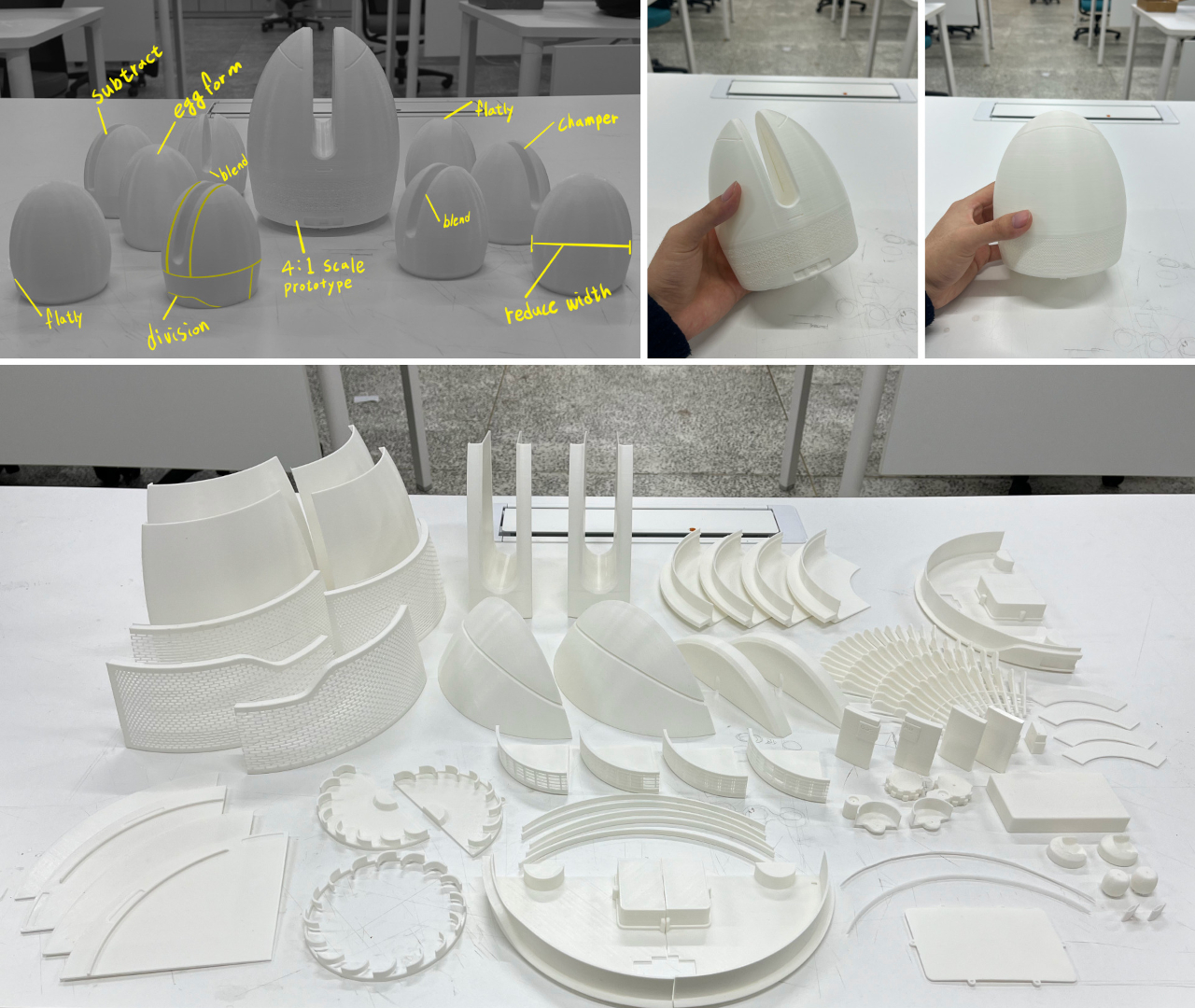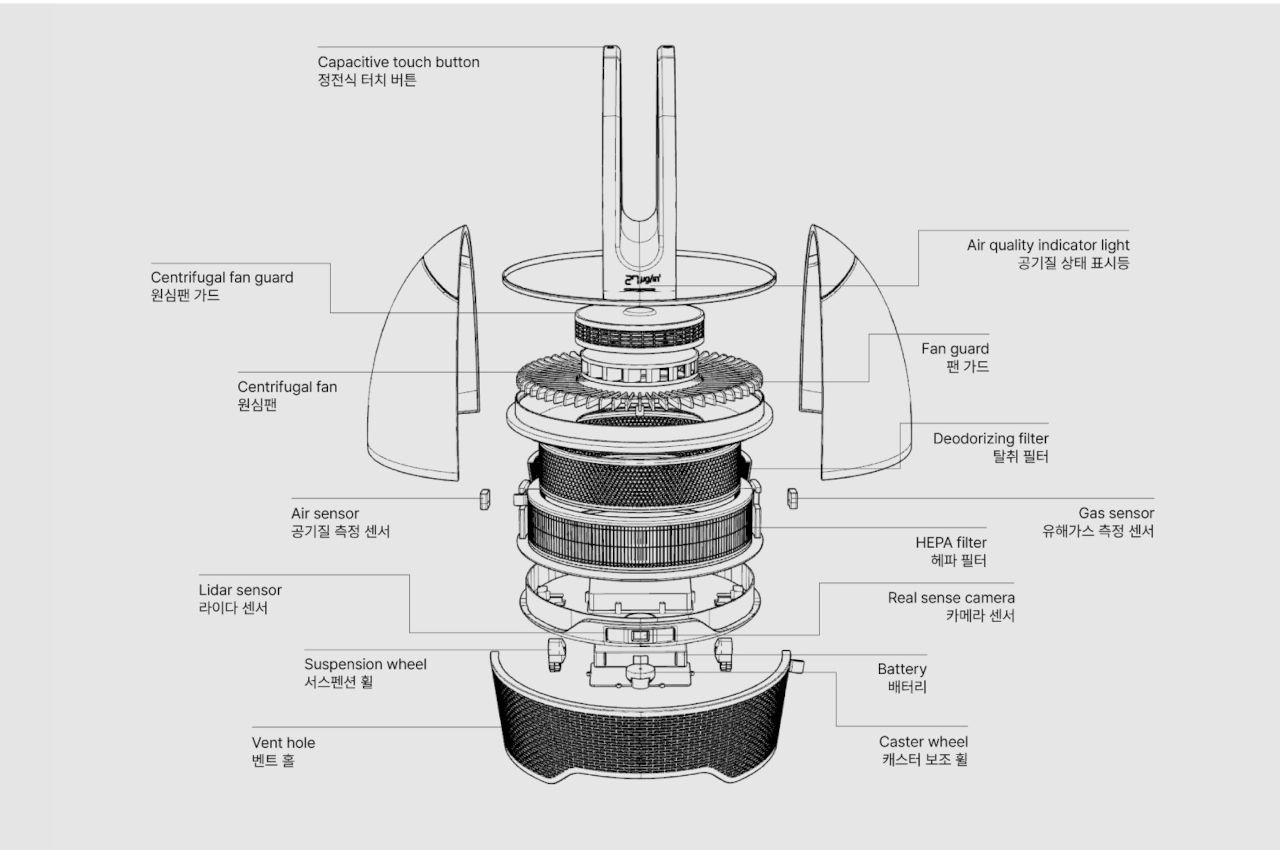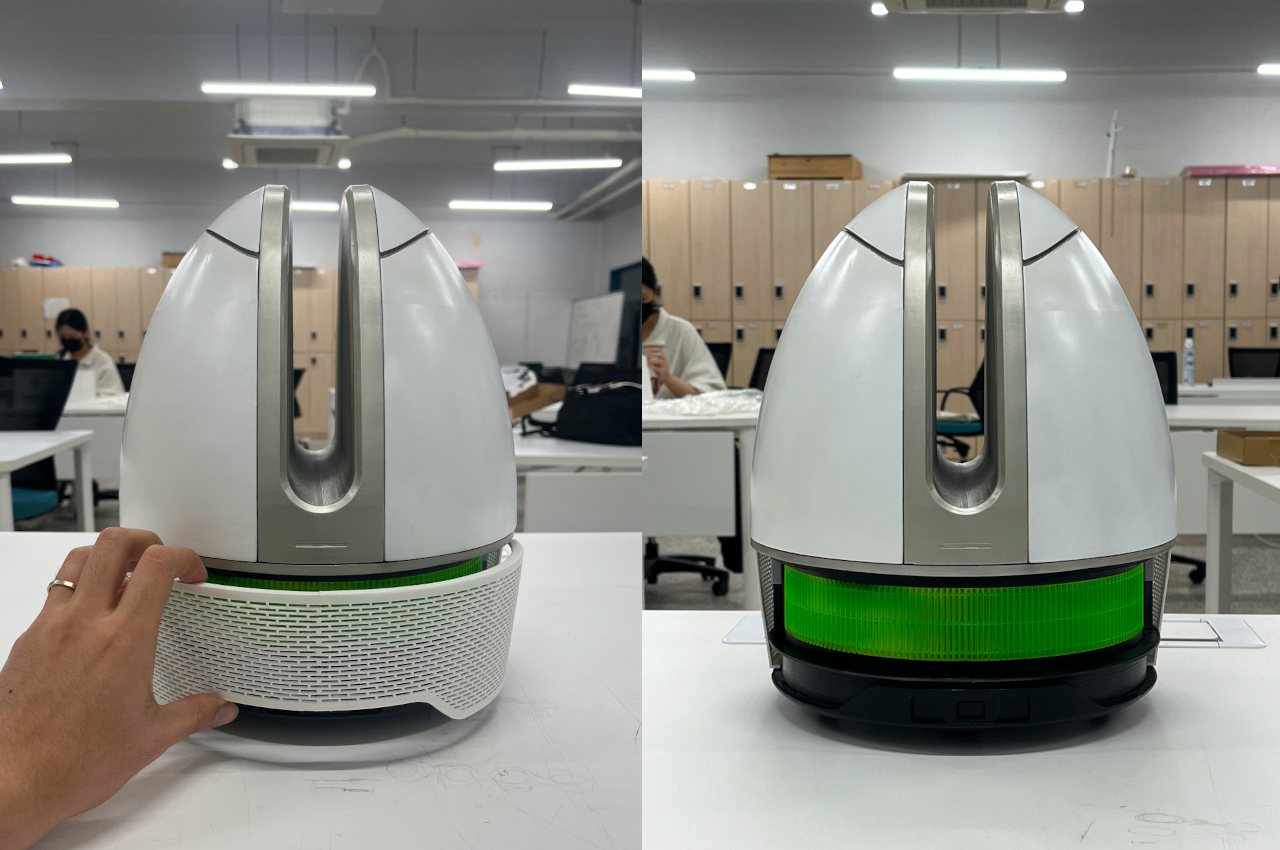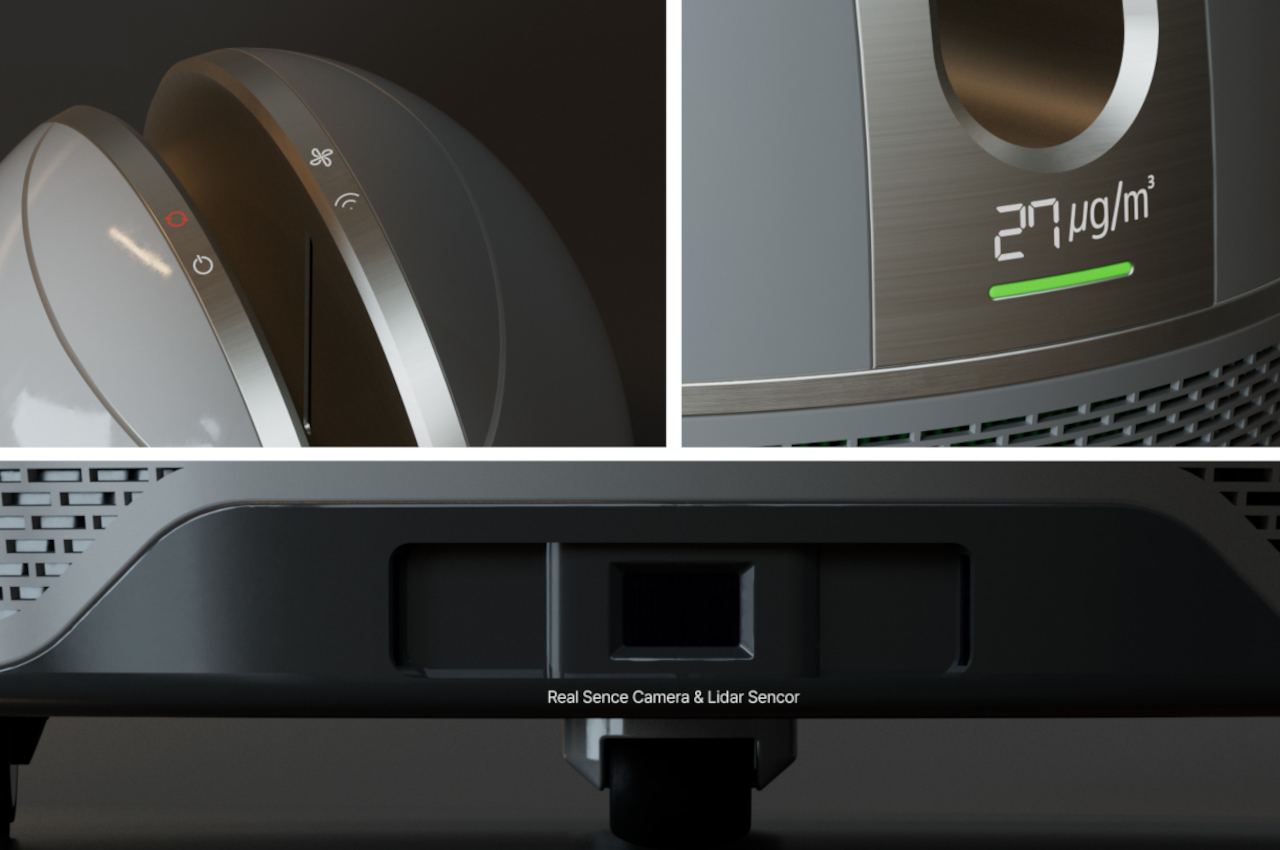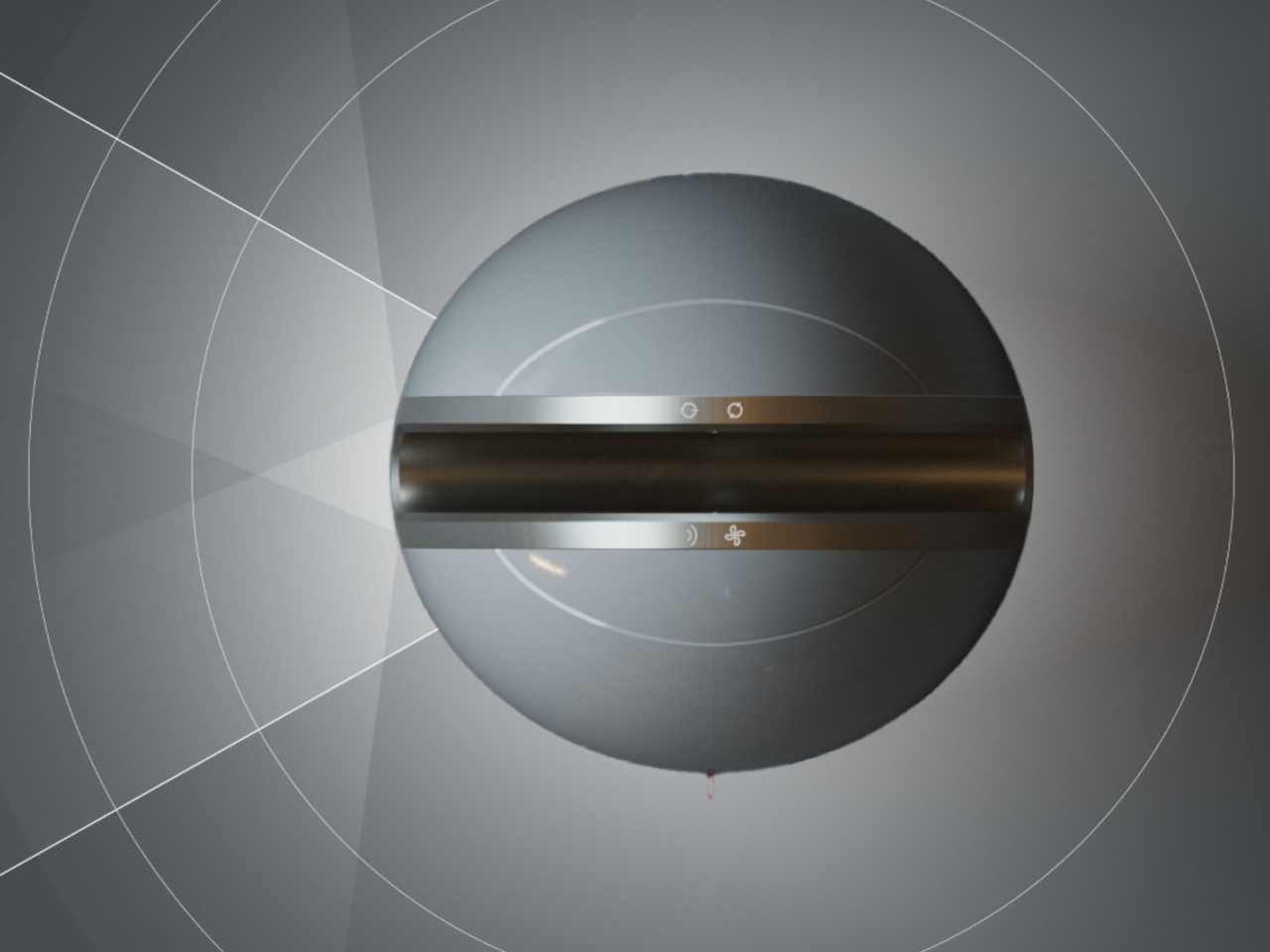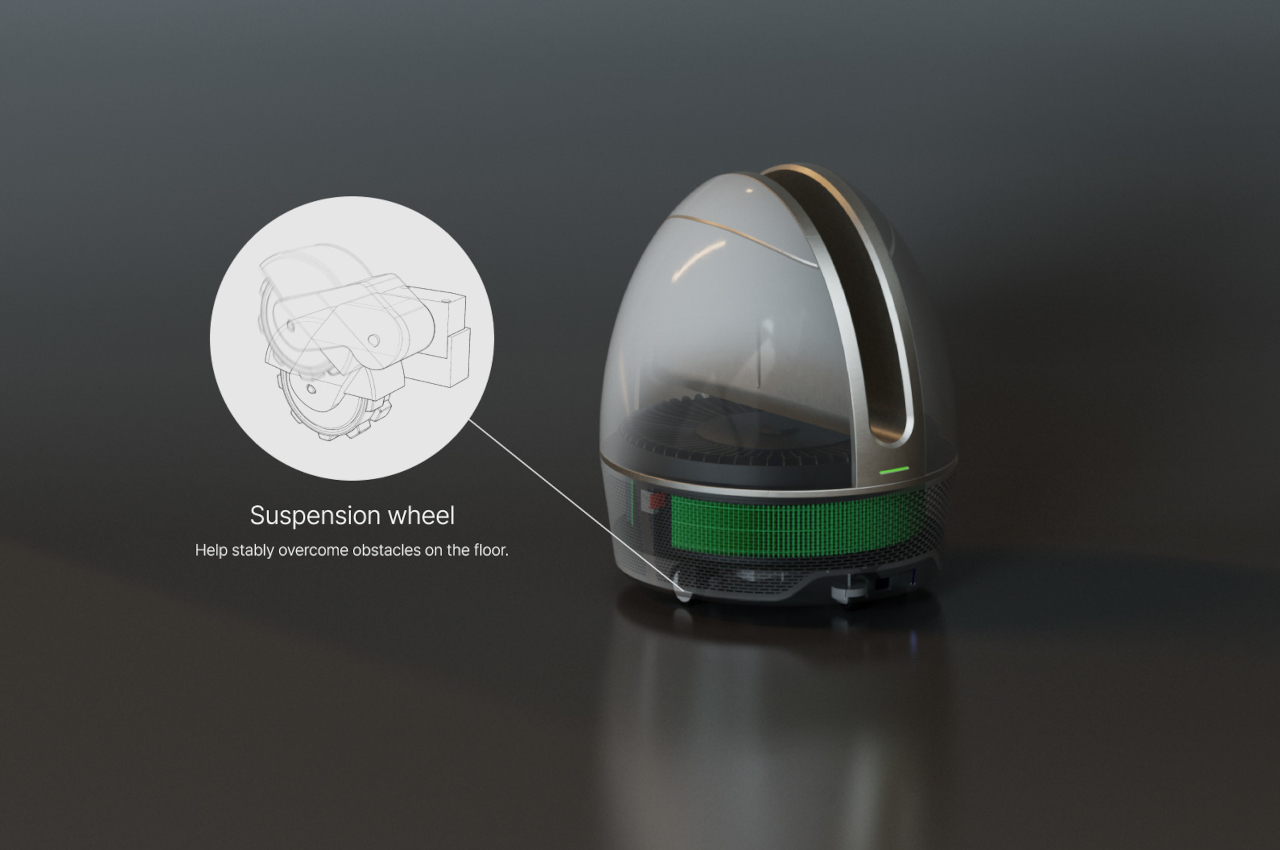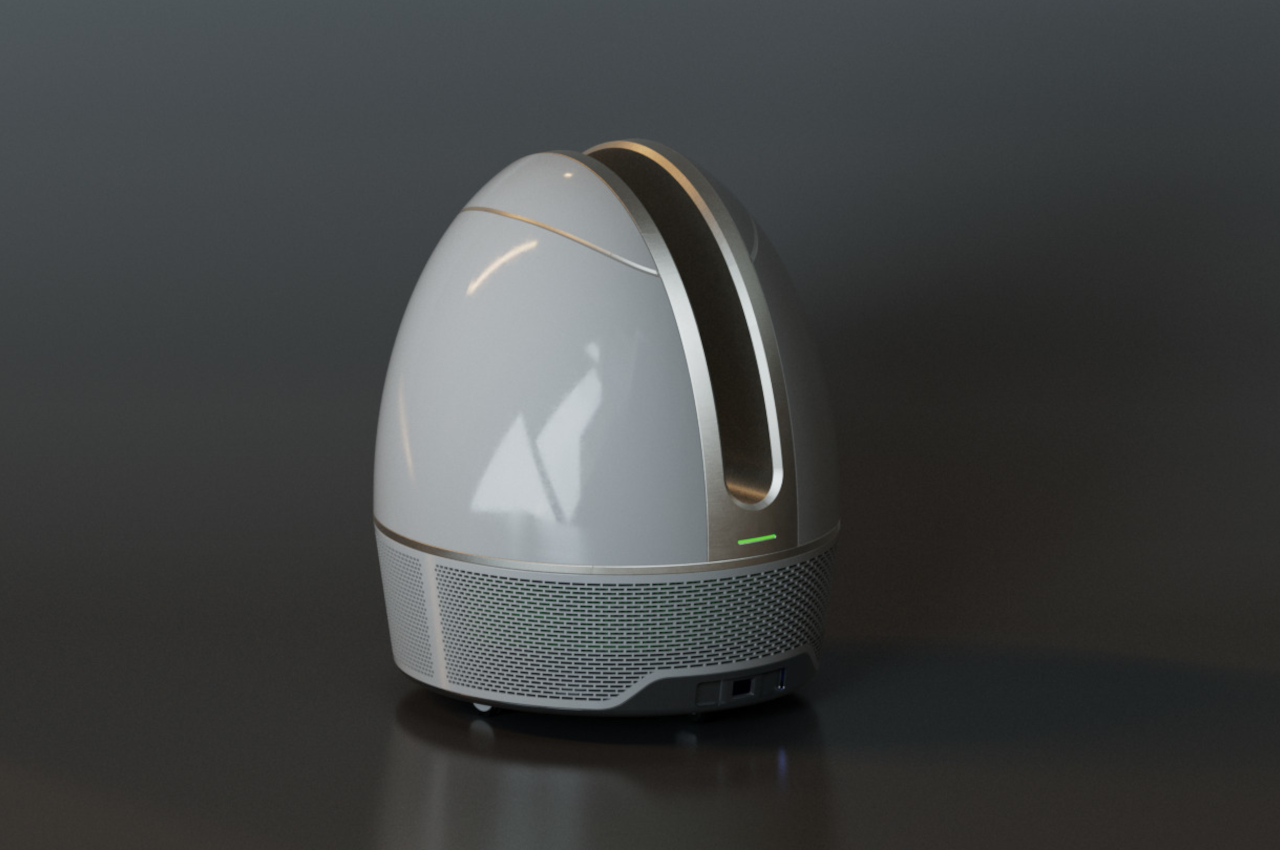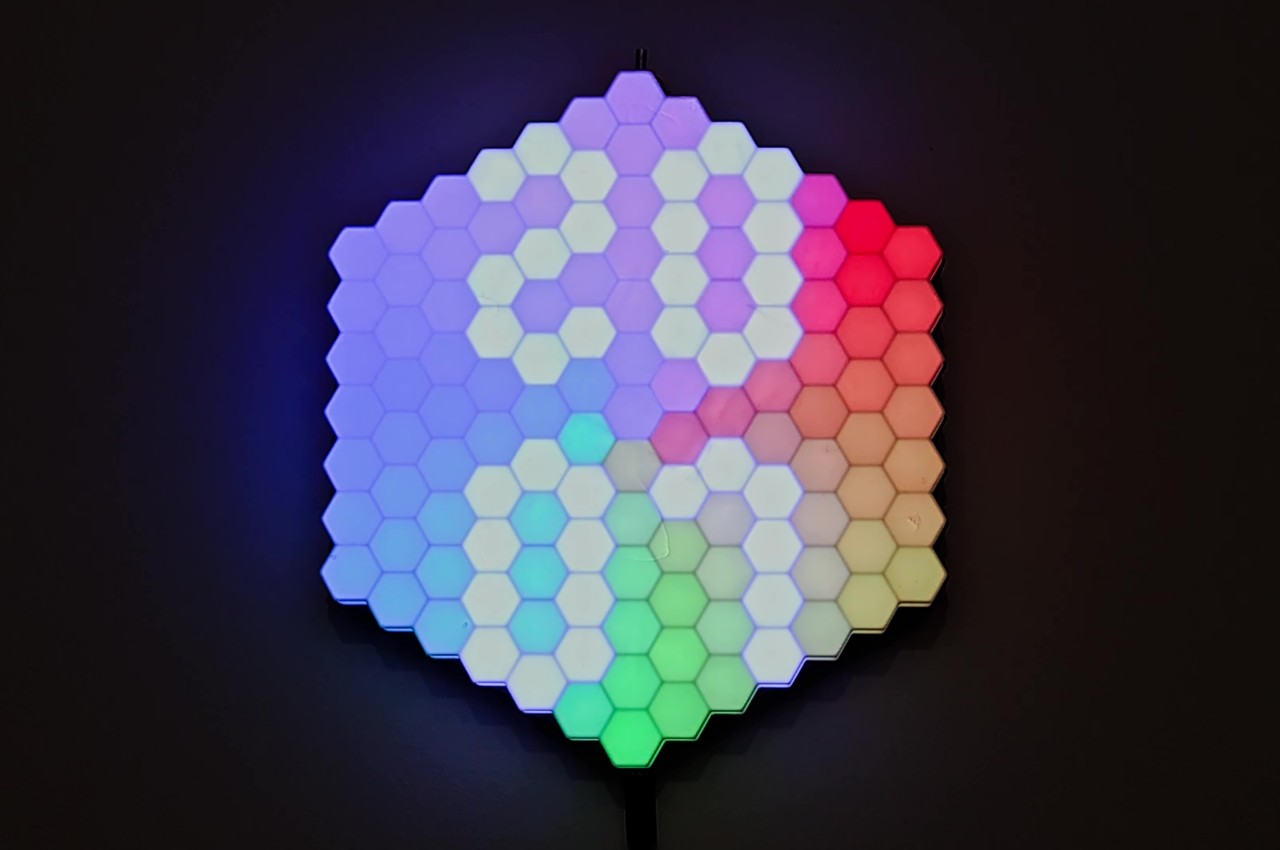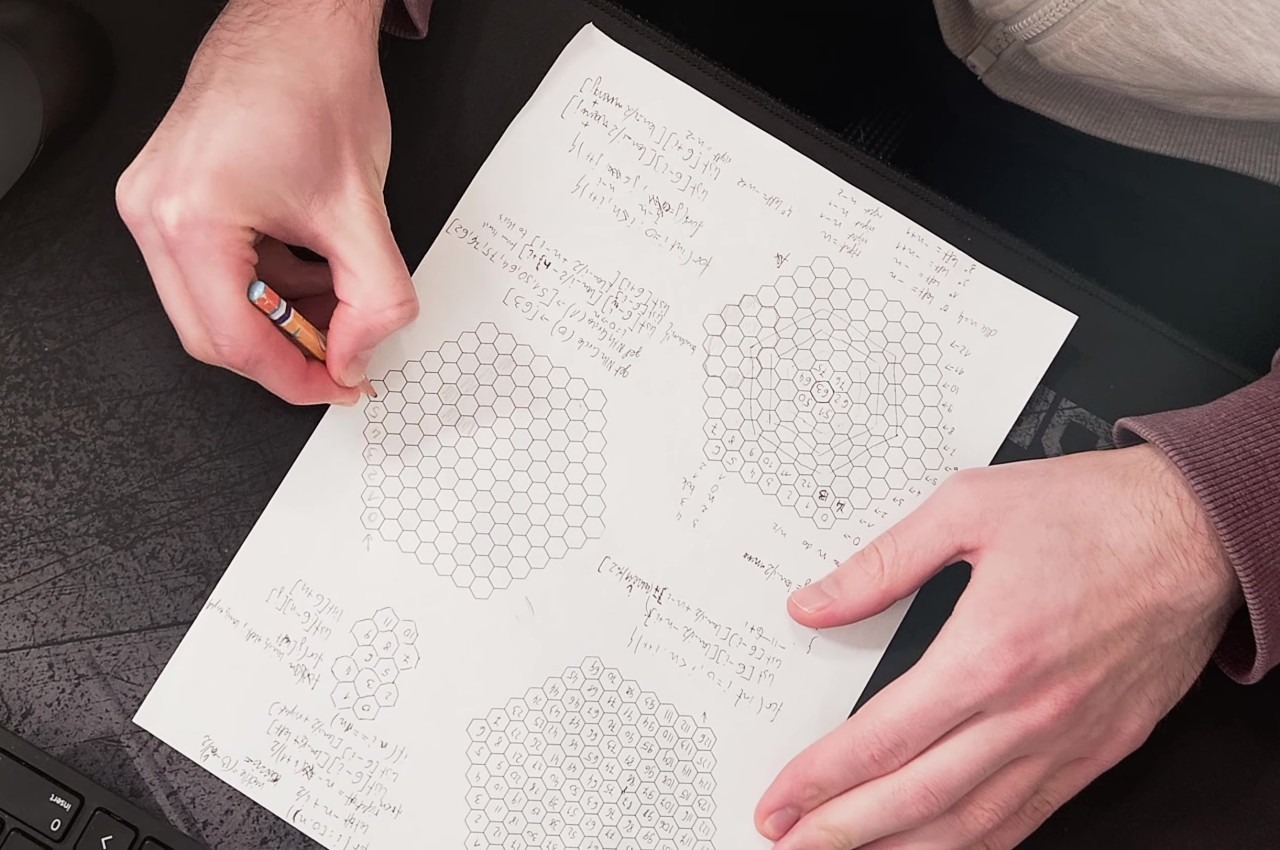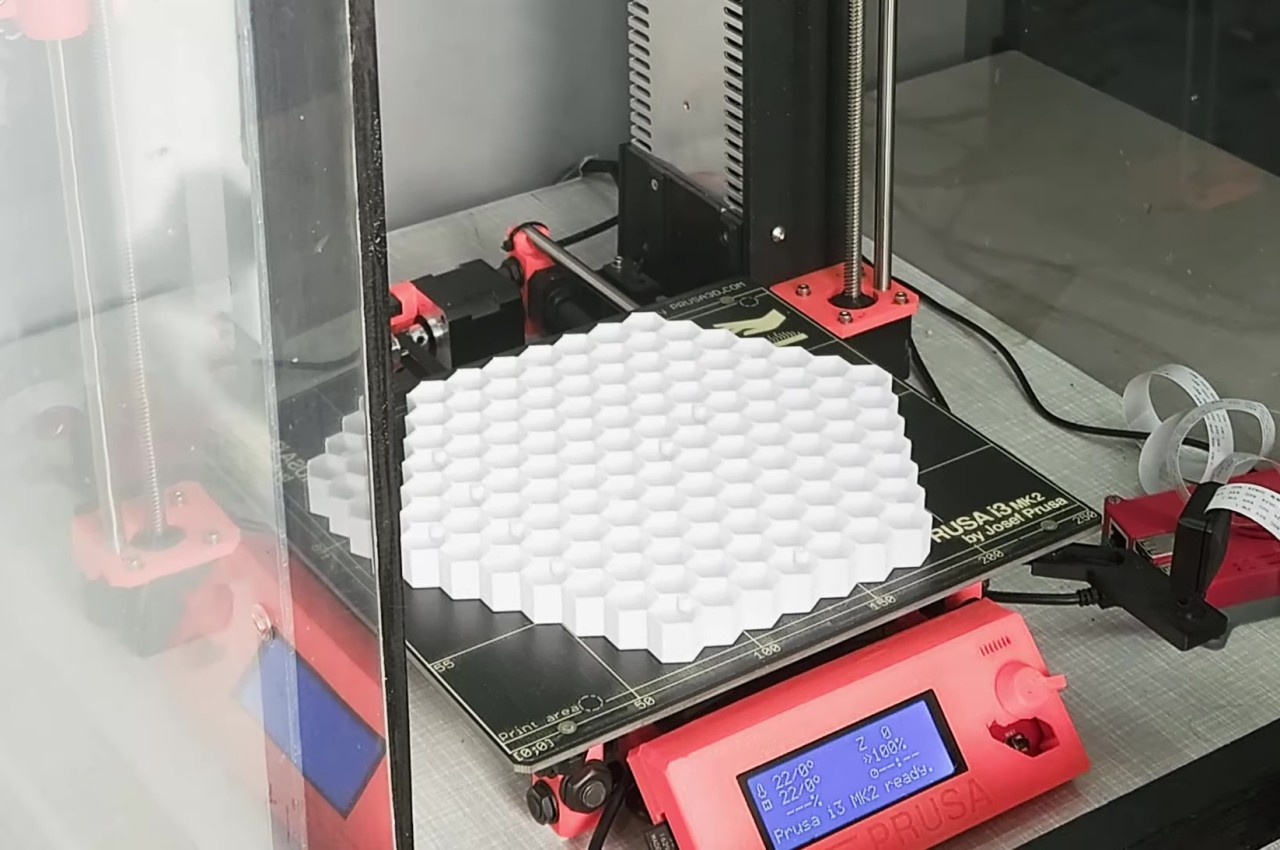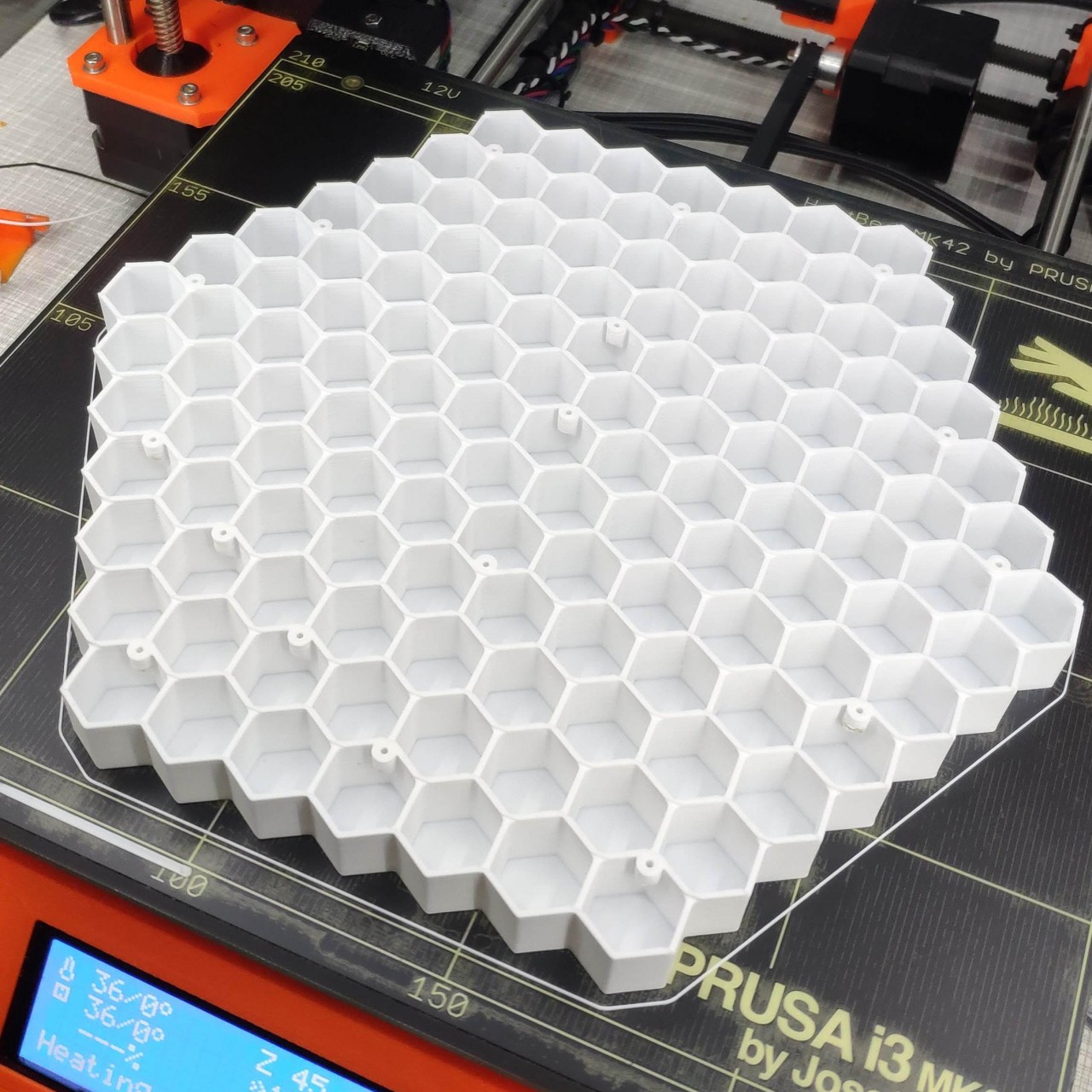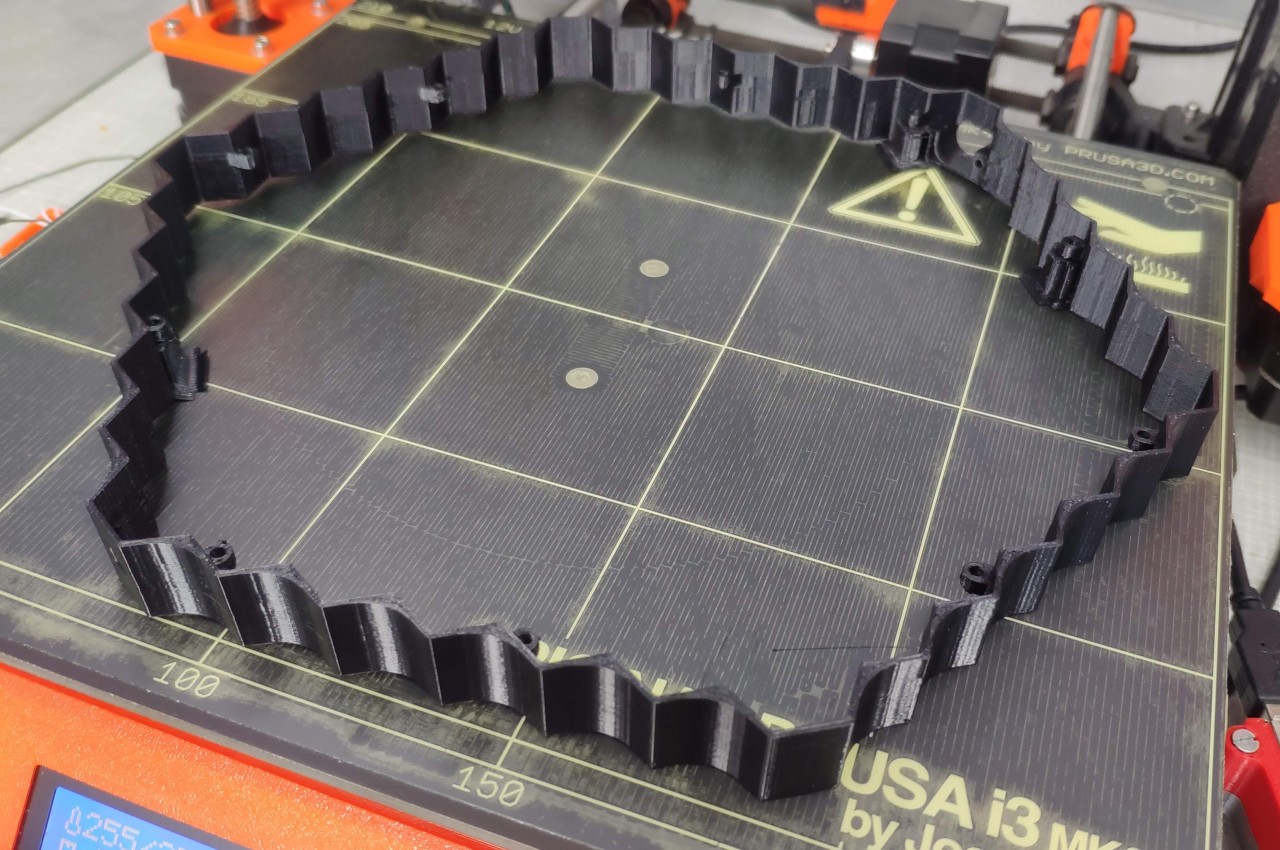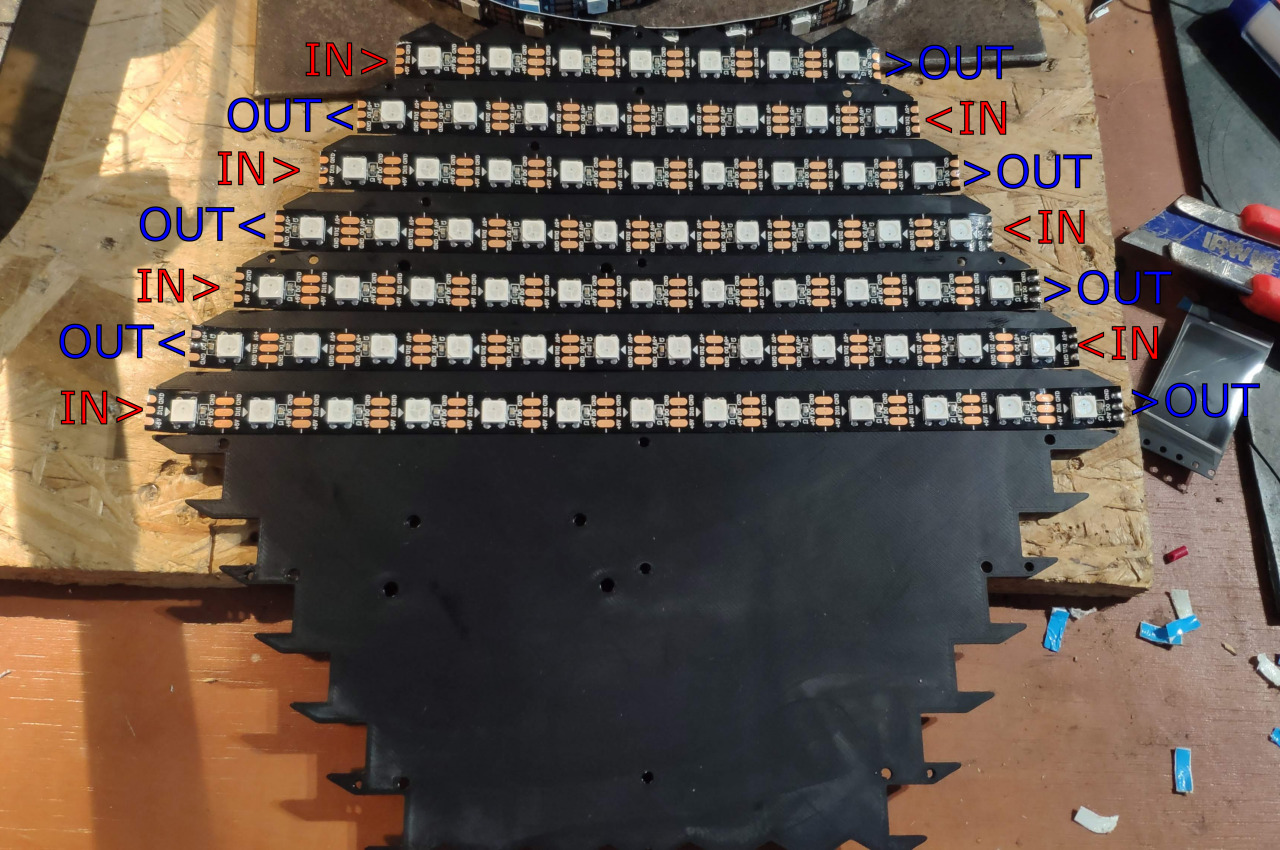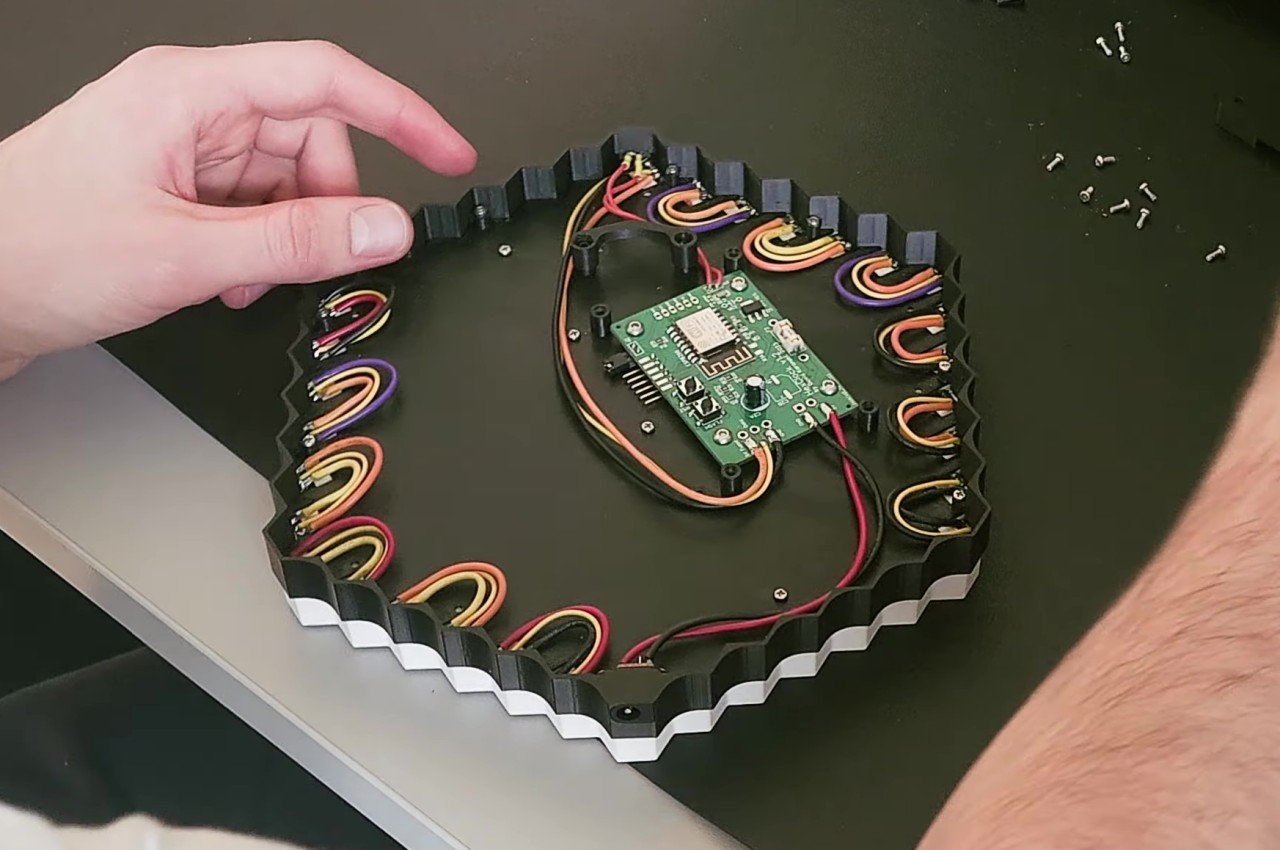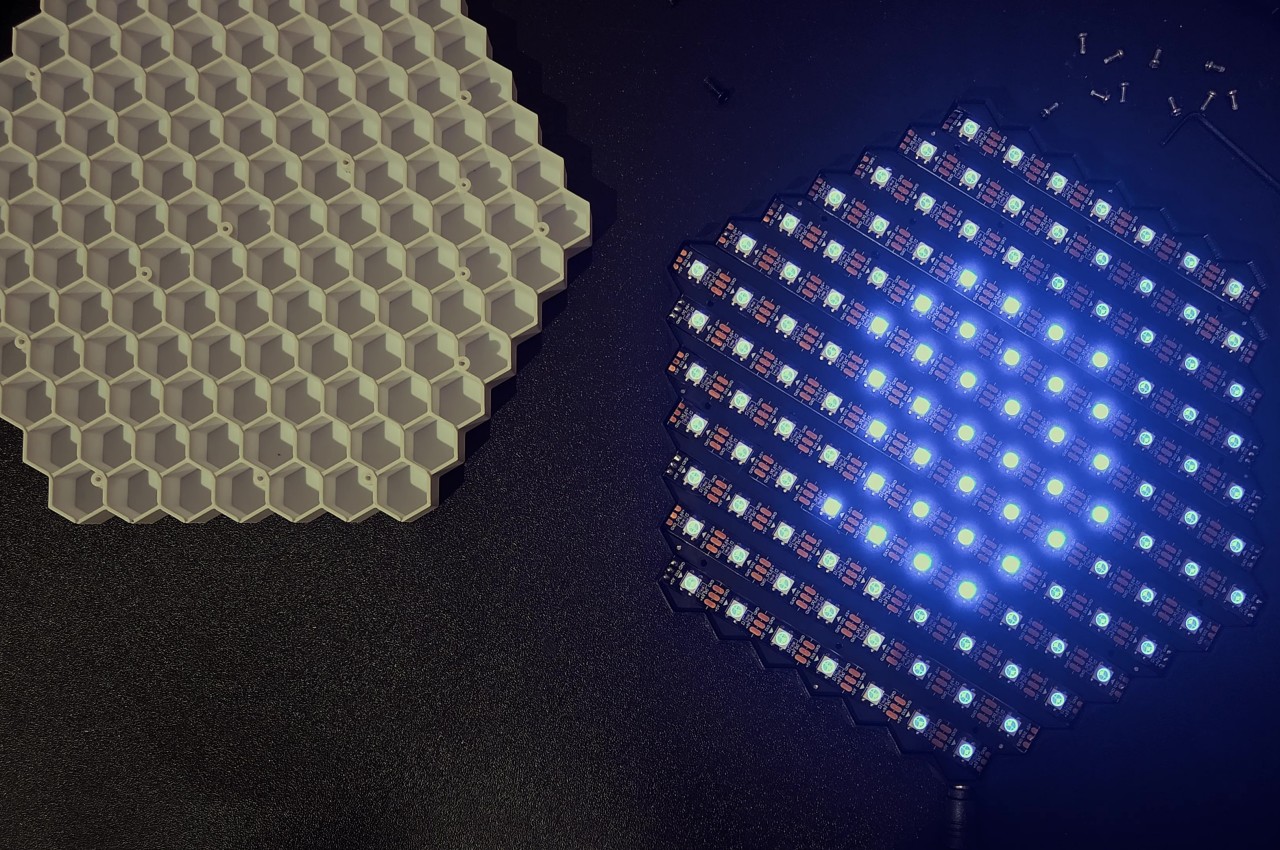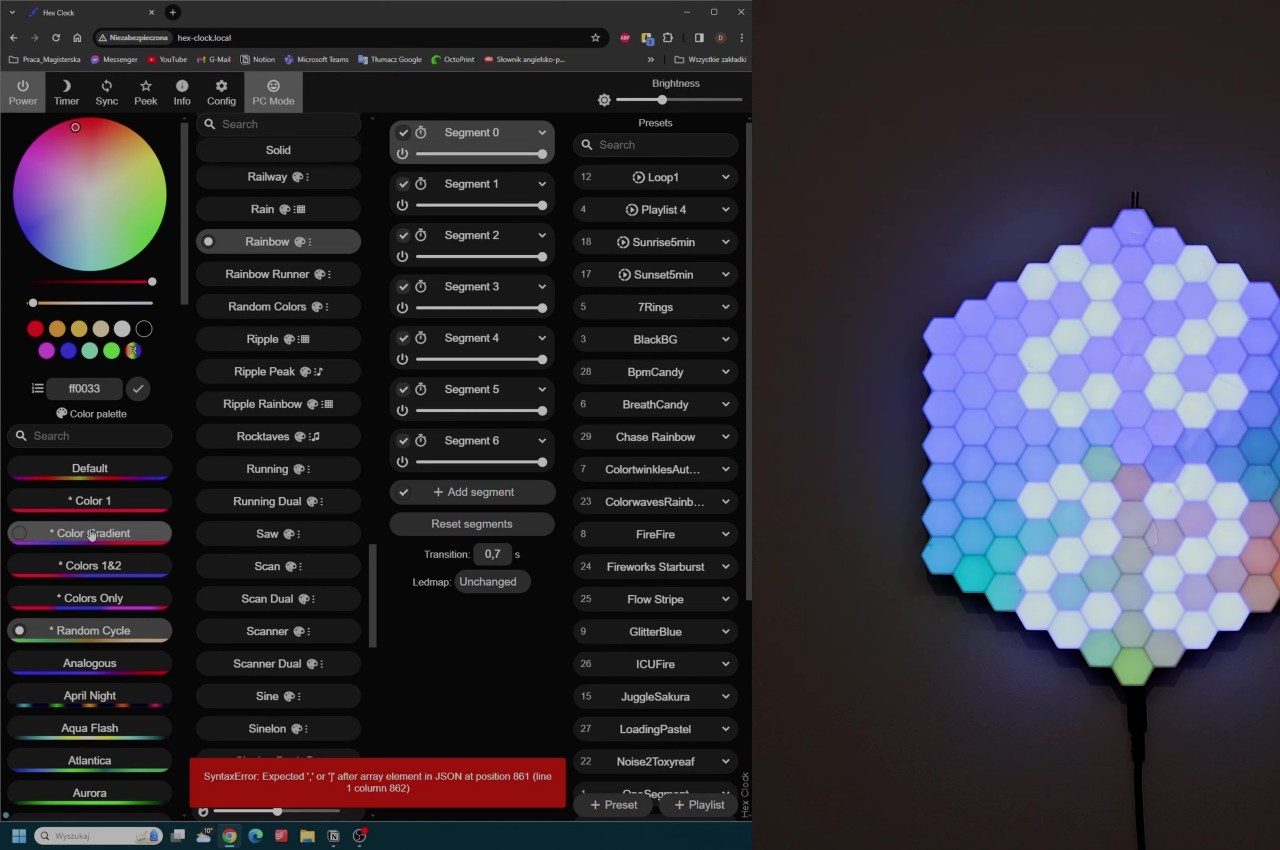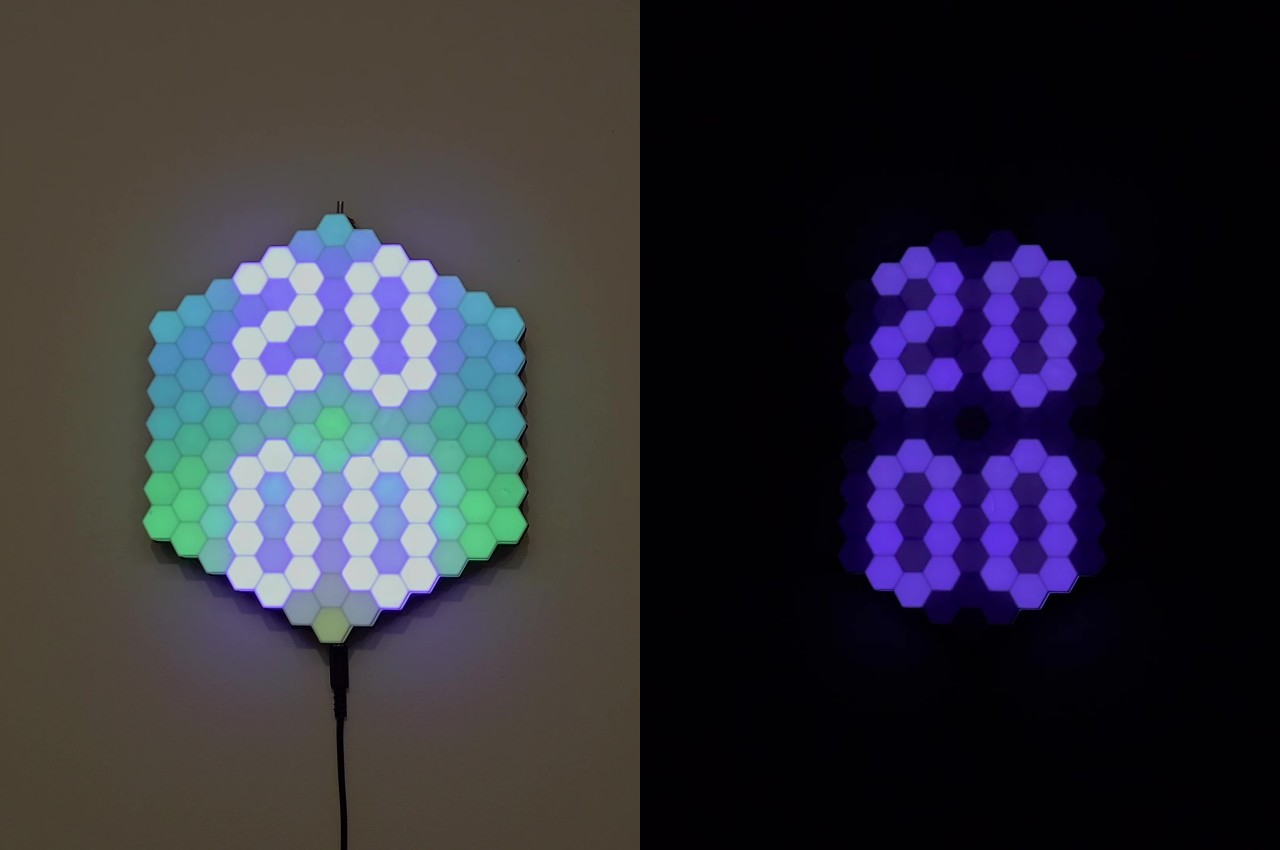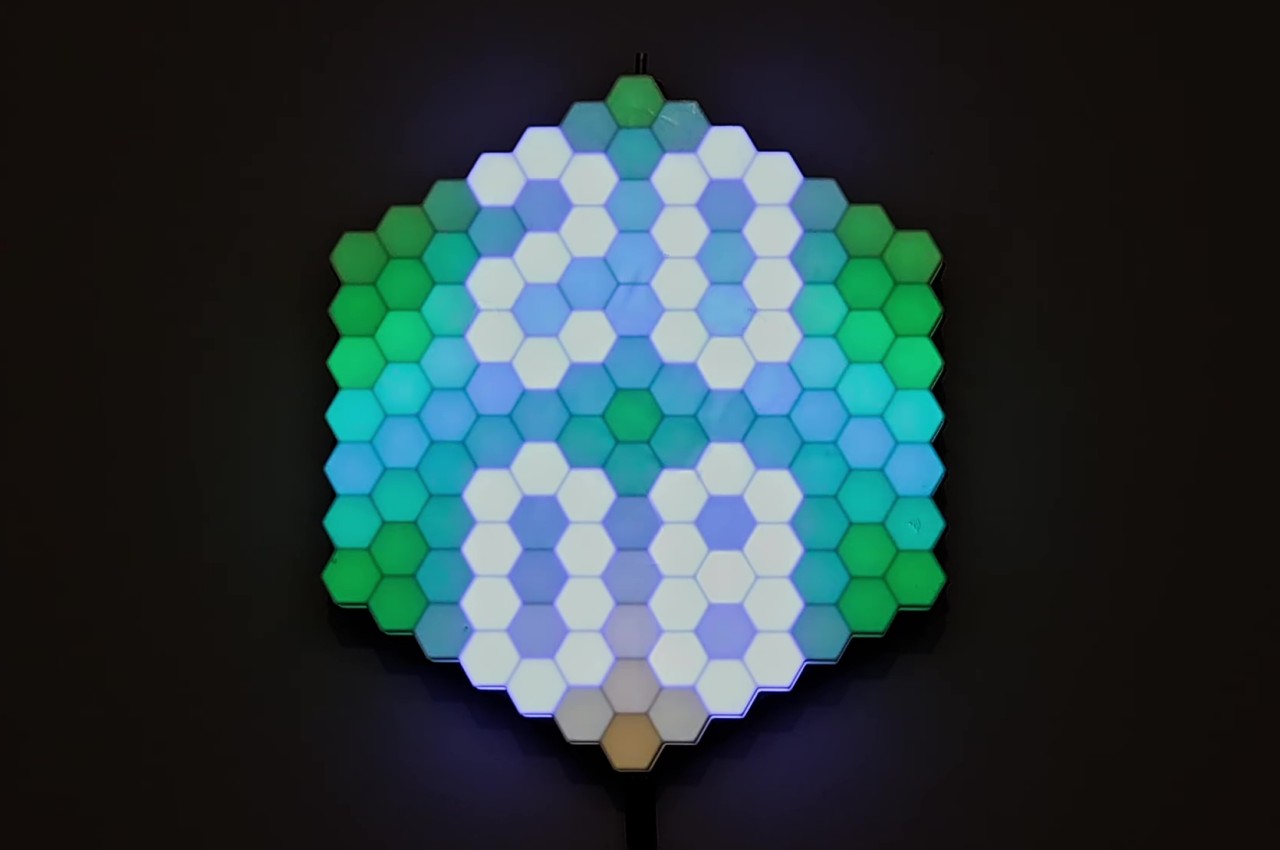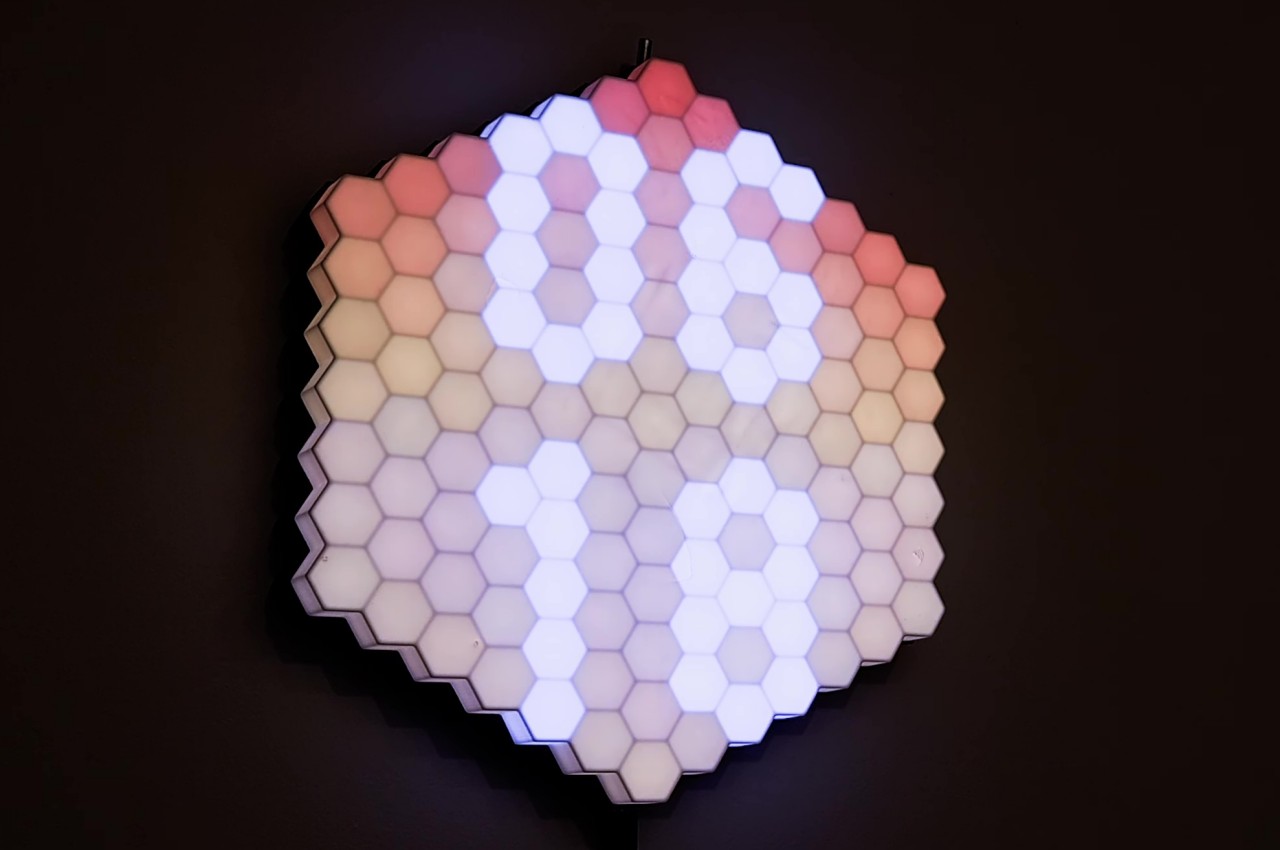The Federal Communications Commission has voted to reinstate net neutrality protections that were jettisoned during the Trump administration. As expected, the vote fell across party lines with the three Democratic commissioners in favor and the two Republicans on the panel voting against the measure.
With net neutrality rules in place, broadband service is considered an essential communications resource under Title II of the Communications Act of 1934. That enables the FCC to regulate broadband internet in a similar way to water, power and phone services. That includes giving the agency oversight of outages and the security of broadband networks. Brendan Carr, one of the Republican commissioners, referred to the measure as an "unlawful power grab."
Under net neutrality rules, internet service providers have to treat broadband usage in the same way. Users have to be provided with access to all content, websites and apps under the same speeds and conditions. ISPs can't block or prioritize certain content — they're not allowed to throttle access to specific sites or charge streaming services for faster service.
The FCC adopted net neutrality protections in 2015 during the Obama administration. But they were scrapped when President Donald Trump was in office. Back in 2021, President Joe Biden signed an executive order to bring back the Obama-era rules, but the FCC was unable to do so for quite some time. The commission was deadlocked with two Democratic votes and two Republican votes until Anna Gomez was sworn in as the third Democratic commissioner on the panel last September. The FCC then moved relatively quickly (at least in terms of the FCC's pace) to re-establish net neutrality protections.
The issue may not be entirely settled. There may still be legal challenges from the telecom industry. However, the FCC's vote in favor of net neutrality is a win for advocates of an open and equitable internet.
This article originally appeared on Engadget at https://www.engadget.com/fcc-votes-to-restore-net-neutrality-protections-161350168.html?src=rss